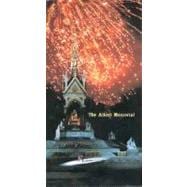Leading authorities in the field discuss the public life of Prince Albert and how he was depicted; Scott's conception of the Memorial; its design, construction, sculpture, decoration, and symbolism; the Memorial's setting in South Kensington; its history since first being built; and the massive restoration program of the 1990s. The Memorial's design combined structural innovation with a brilliantly inventive handling of Gothic precedents. Its building and decoration brought together architecture, fine art, applied art, and craft in a way that exemplified the creative unity the Victorians found in the Gothic tradition. Its sculptural program, more ambitious than any other monument of the century, i









